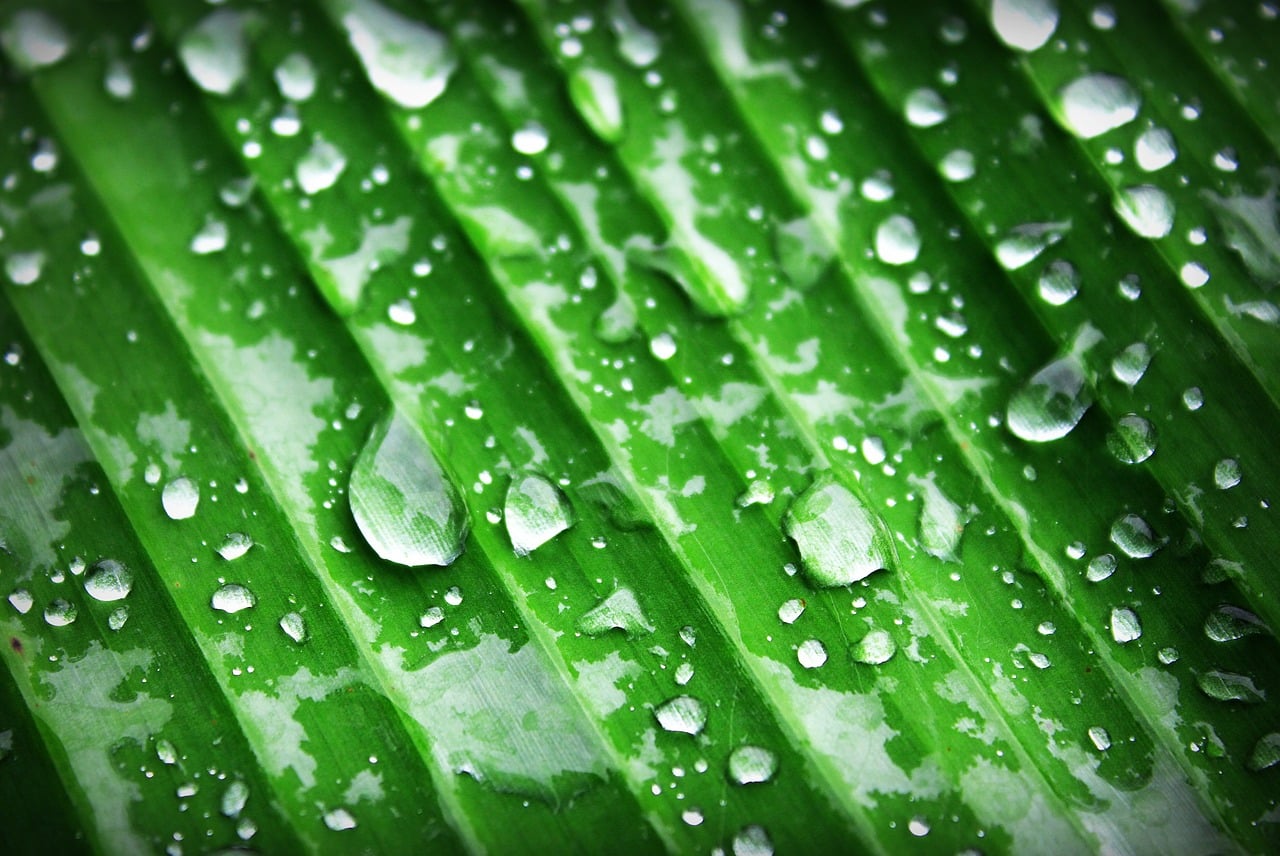Scientists at Arizona State University (ASU) have shed light on the secrets of photosynthesis in a new in-depth study on the structure of the photosynthetic supercomplex. The study published in the journal Nature Structural & Molecular Biology could provide more information about this process for various scientific branches and could even contribute to further development of artificial photosynthesis.
“Supercomplexes are associations between antennae proteins and photochemical reaction centers that exist in all photosynthetic organisms,” Yuval Mazor of the School of Molecular Sciences and the Biodesign Institute’s Center for Applied Structural Discovery said in a statement. “This particular one comes from cyanobacteria, the class (phyla) of bacteria in which oxygenic photosynthesis first appeared (a few billion years ago) and later evolved, into all types of oxygenic photosynthesis that we know today.”
The process of photosynthesis is used by plants, algae, and cyanobacteria to produce oxygen and reduce carbon as they create food for themselves. The process fuels our entire biosphere. Researchers know there are two pigment-protein complexes which help control the process of light reactions in oxygen photosynthesis, which are photosystem I (PSI) and photosystem II (PSII). In the new study, researchers tried to understand the science of these two pigments to uncover the secrets of photosynthesis.
Over the last few years, researchers have practiced single-particle cryogenic electron microscopy (cry-EM), which has brought about revolutionary discoveries in structural biology. Scientists specializing in this discipline can examine structures which couldn’t be easily accessed in the past.
The technique is used by researchers at the School of Molecular Sciences at The College of Liberal Arts and Sciences at ASU. They studied the PSI-IsiA complex’s structure in the lab. The supercomplex is produced by cyanobacteria under low iron environment.
The complex consists of more than 700 different molecules. Researchers discovered 591 chlorophylls in the PSI-IsiA supercomplex, which is the largest number of bound pigments than what has been found in other photosynthetic supercomplexes with known structures.
The structure the scientists studied helped them reveal details of the entire process and other secrets of photosynthesis. The supercomplex also provides a path which shows how light harvesting works and binds to the photoprotection mechanism in cyanobacteria. If researchers continue to study on the complexity and functions of the IsiA photosynthetic supercomplex, they could find a way to create a renewable source of stable energy for Earth. This may be one of the biggest challenges science is facing in the 21st century.





